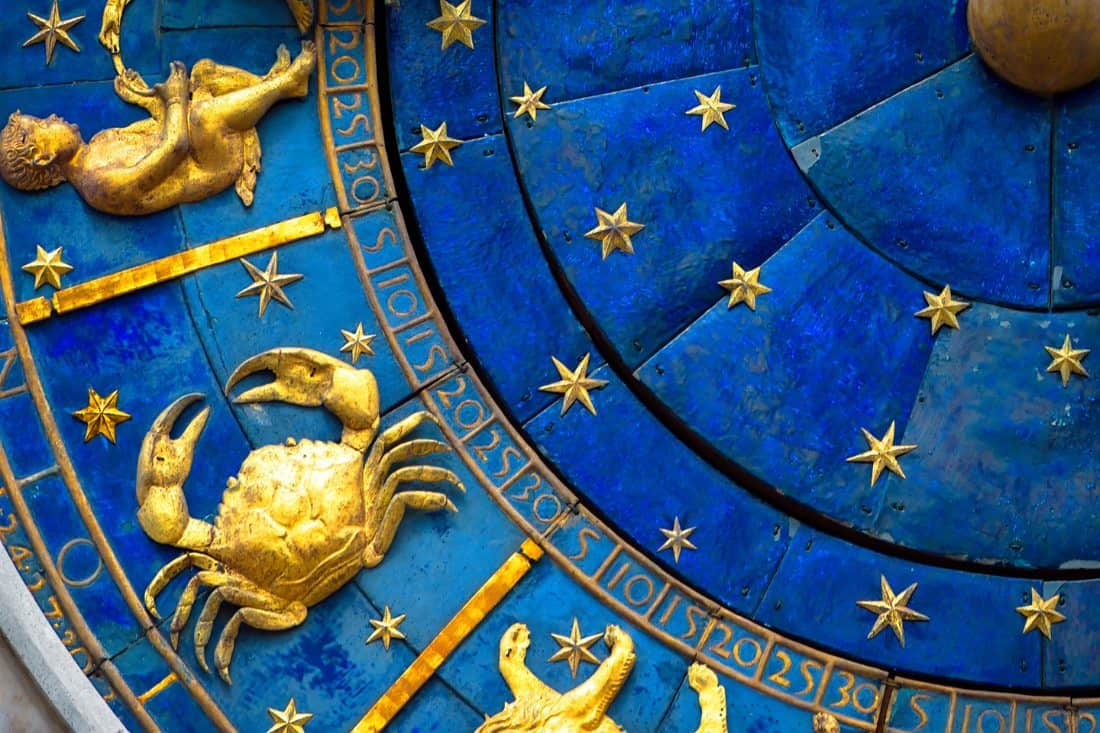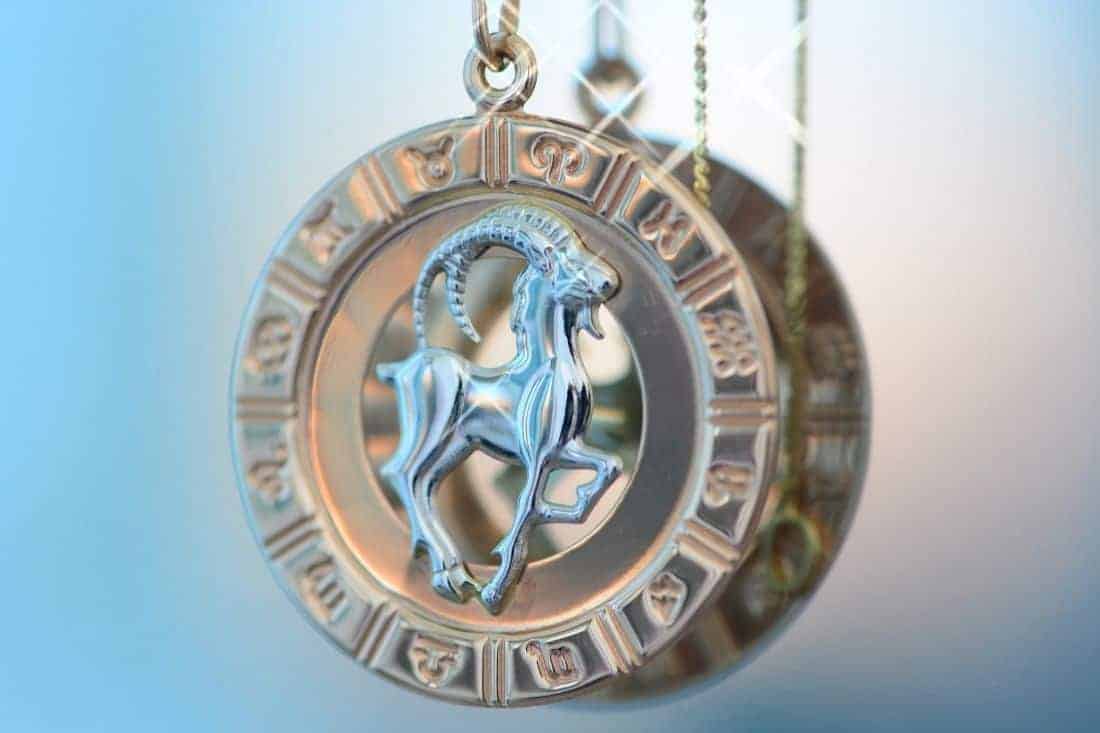Are you looking for fun facts about horses? From rare breeds to the world’s oldest horse, these brilliant horse facts are just for you!
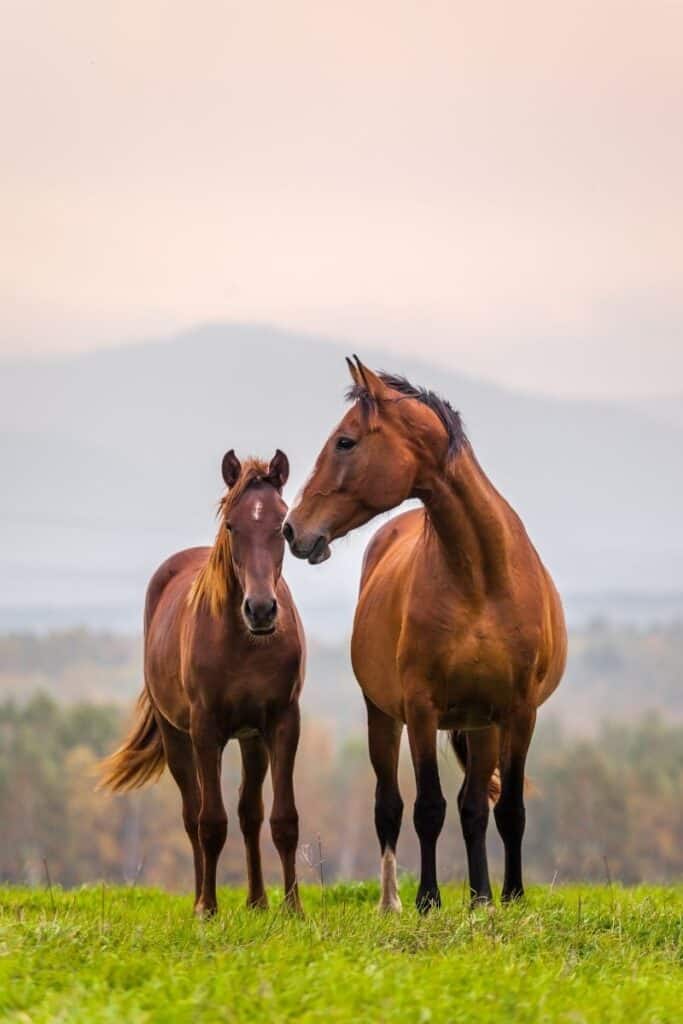
Though dogs may be man’s best friend, it’s hard to come up with another animal as intrinsically tied to humans over the years as horses.
Whether rode into battle, kept as pets, or part of our sports, horses and humans have made for solid partnerships over the centuries. To showcase that, we’ve put together a list of fun facts about horses for those with a fancy for foals.
Horses are a rather diverse bunch. There’re hundreds of different breeds, all with different strengths and weaknesses. Curiously, these breeds descend from only two ancient lines of horse, a testament to how much they’ve roamed and bred over time.
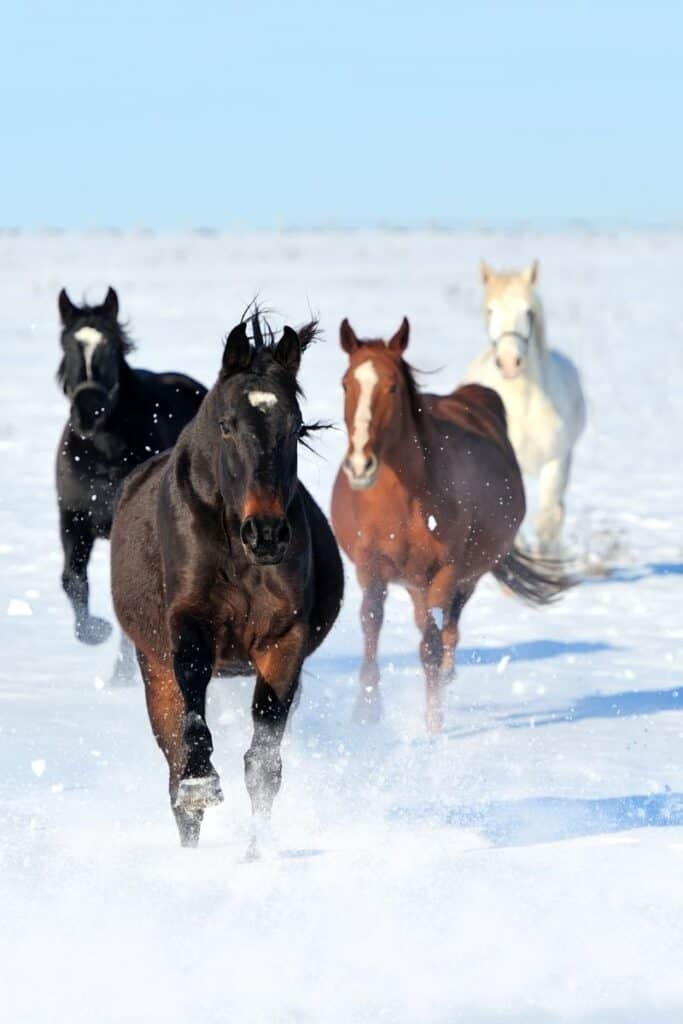
They can also be quite pricy, too! Our love for horses doesn’t come cheap, particularly if you’re looking for a racing stallion. Do you know how much the world’s most expensive horse was sold for? The only hint we’ll give here is that it’s in the millions and makes us feel very poor indeed!
Do you know how long horses tend to live for or how their eyes give them near perfect vision? Have you heard that a horses’ hooves are made from something we’ve plenty of in our bodies too? We’ve got all of the above and more with these brilliant horse facts, so keep on reading!

Contents:
15 Fun Facts About Horses
1. There are over 600 different breeds
Modern horses descend from two ancient breeds – the Arabian and Turkoman horses. Over the centuries, selective breeding has ballooned their numbers to over 600 distinct species, all with their own traits and colorations.
Some breeds are particularly good at specific tasks, depending on how they’ve been bred and for what purpose. For example, like their name suggests, plough horses are particularly good work horses in farming.
2. Which are separated into five different categories
All 600+ breeds fall into one of five categories. Hot-blooded horses typically originate in the Middle East, while cold-blooded horses are found throughout northern Europe.
There are also warm-blooded, pony and miniature to consider. Warm-blooded horses usually tending to be energetic and nervy and thus needing more experienced care.
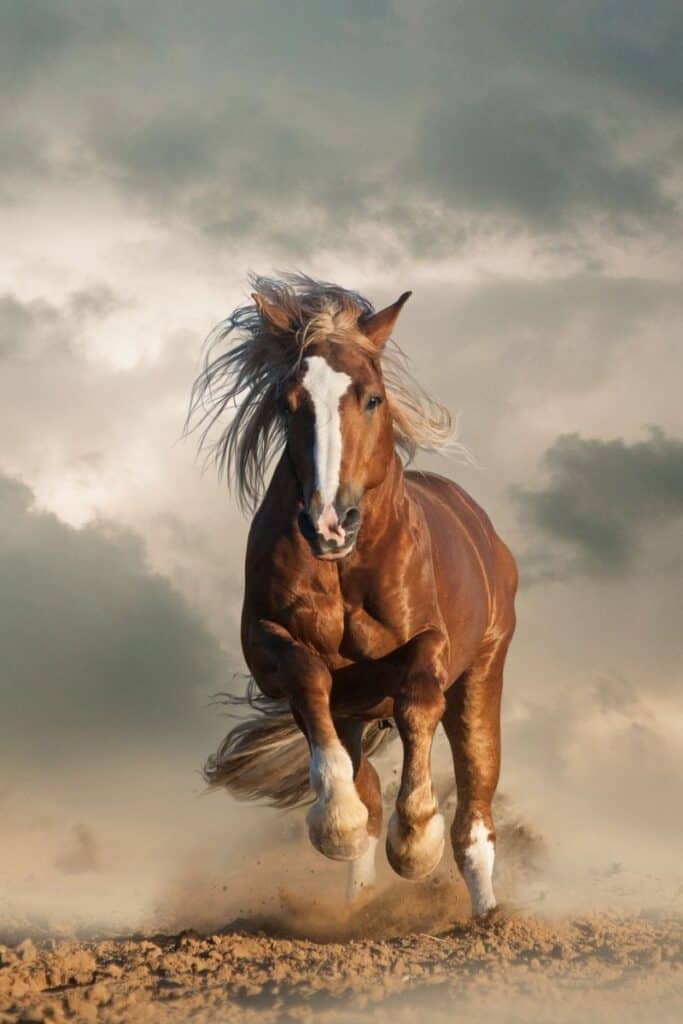
3. The world’s oldest horse lived to the age of 62
The world’s oldest horse, Old Billy, lived to the grand old age of 62. (We’re unable to confirm whether he was named before or after he became really old.)
He lived between 1760 and 1822, and researchers suspect he was likely a Shire-type horse, though nobody really knows for sure. He worked as a barge horse and remained active throughout his old age. What a legend Old Billy was!
4. While an average horse lives around 25 to 30 years
Not all horses get to Old Billy’s age, sadly. That being said, their lifespan is still significantly longer than many animals, with ponies tending to outlive the average slightly, along with the likes of Arabian, Icelandic, and Quarter horses.
25 years certainly isn’t bad innings in the animal kingdom, so as an owner, you can rest assured they’ll be with you a good long time.
5. Horses can sleep standing up
Yeah, really. This technique, known as ‘Stay Apparatus,’ evolved genetically in horses and involves a series of tendons and ligaments connecting the stifle to the hock, allowing them to lock in place.
It’s believed its primary purpose is to enable the horse to bolt at the first sign of danger. Horses tend to lay if they’re after a more restful sleep, though they don’t do so for long, as it can put strain on their organs.

6. Male horses are toothier than their female counterparts
This is definitely one of the most interesting facts about horses. Believe it or not, male horses have more teeth than female horses, with a stallion boasting 40 versus a mare’s 36. The extra four teeth male horses have are known as wolf teeth and are actually more of a nuisance than anything in the modern world.
Horses are primarily grazers nowadays, meaning those wolf teeth can actually cause unnecessary discomfort and may need to be removed. They’re a bit like human wisdom teeth – evolved over the years to become entirely redundant and pointless!
7. The world’s most expensive horse sold for $70m
Yes, that’s million. Seventy million. The horse in question was a thoroughbred called Fusaichi Pegasus and was bought in Ireland after becoming a site and winning three Grade 1 stakes.
He went on to have a successful racing career, though he was deemed a disappointment by his new owner. Really, though, how could he be anything but at that price? Poor Fusaichi.
8. Horses can interpret human emotions
Studies have shown that horses can interpret human facial expressions and identify positive and negative emotions, using this information to adapt their behaviour accordingly.
A study by Smith and Collegues (2016) showed that horses observing angry human facial expressions all had their heart rate increase. Horses themselves are capable of a wide range of emotions, so this perhaps shouldn’t come as a surprise.
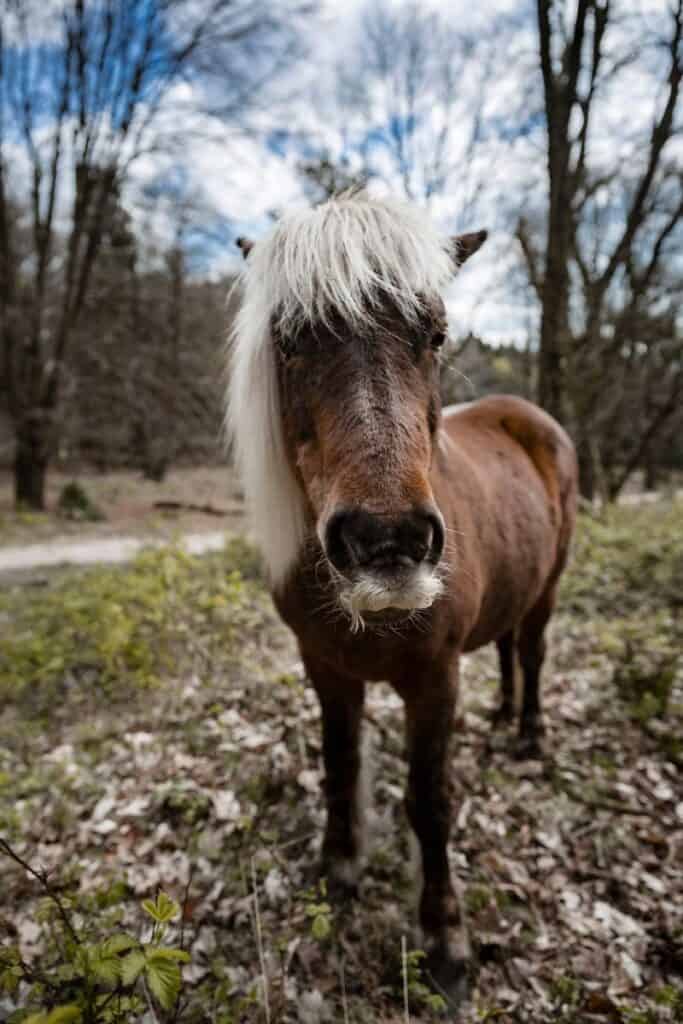
9. And they can also grow mustaches!
Of all the horse facts we’ve covered so far, this is undoubtedly our favourite. Though you may never have noticed due to regular grooming from trainers, horses naturally grow mustaches.
This has a practical use – it allows the horse the differentiate between grass types and feel objects in front of them, similarly to how a cat relies on it’s whiskers. New legislation introduced in 2021 has actually banned mustache trimming on horses competing in FEI competitions.
10. The world’s smallest horse was only 17.5 inches tall
The world’s smallest horse, aptly named Thumbelina, was a teeny-tiny 17.5 inches tall, or roughly 44.5 centimeters. That’s only a little taller than a 2-liter soda bottle.
As you might imagine, Thumbelina was incredibly popular in the press and widely covered for just how cute she was. Sadly, she lived a relatively short 17 years and passed away in 2018.
11. Horses produce 10 gallons of saliva per day
Gross, but true. Horses have three pairs of salivary glands, which allows them to produce an incredible 10 gallons of saliva each day.
A horse should be drinking between 5 and 10 gallons of water daily to make this much saliva. For comparison’s sake, humans produce 40 times less saliva you’re your standard horse. Thankfully.
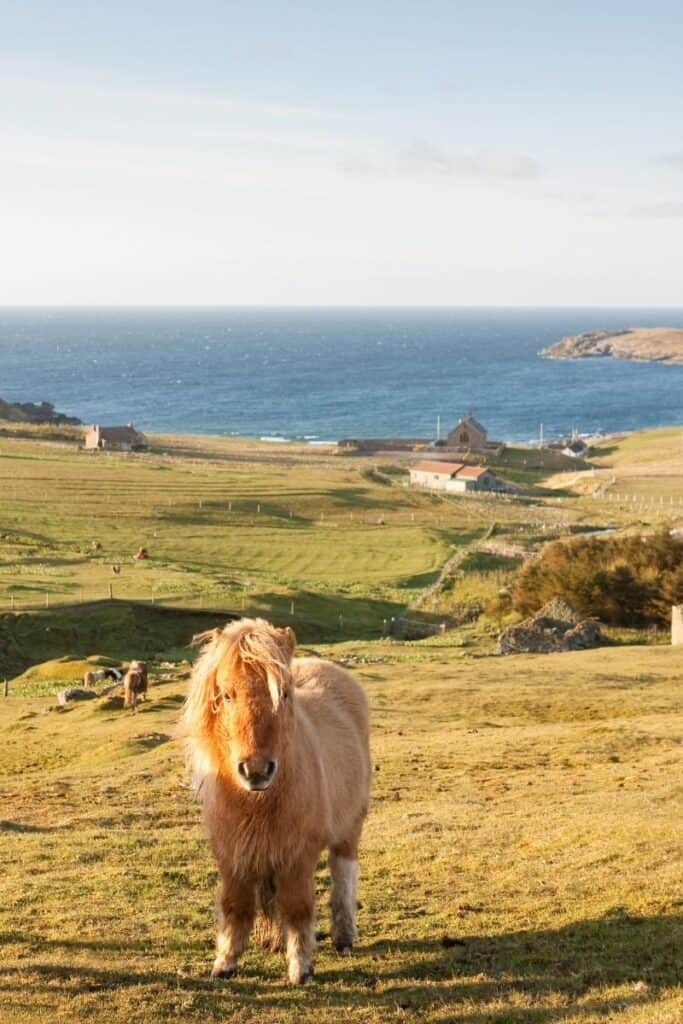
12. You’ll never find an albino horse
Albinism is a trait found in humans and animals alike, though very rarely. However, it’s not a trait you’ll ever see in horses – it simply doesn’t exist.
Some horses are born with pure white fur and pink skin, but this isn’t an example of albinism and is instead known as dominant white colouring. On a technical level, dominant white horses have no pigment cells, while an albino would have normal levels.
13. Horses learn to walk hours after birth
This is an example of one of many fantastic survival mechanisms found in wild animals. Horses are born with this ability to allow them to get up and going quickly, never falling behind the herd.
It’s for this reason that foals are born with fully formed hooves and long legs. Most newborns will typically stand for half an hour or so before they’re comfortable enough on their feet to get moving.
14. Their hooves are made of keratin
Yes, a horse’s hoof is made out of precisely the same material our own hair and nails are made from. Keratin is extremely tough and thus ideal for horses, who spend most of their time walking on their hooves.
Similarly to humans, these hooves must be kept trimmed, as they grow constantly and can become extremely uncomfortable if left unmanaged, even resulting in crooked legs and other deformities.
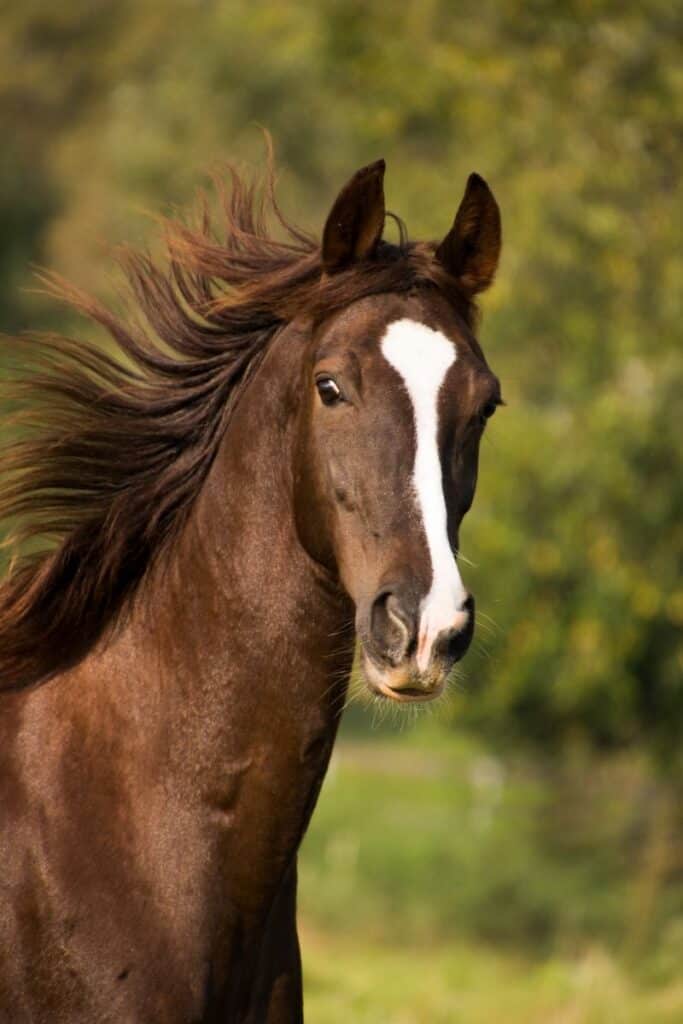
15. Their eyes give them close to 360 degrees of vision
Horses see the world very differently from how we do, hence their timidity and how easily they’re spooked. Because of the shape and positioning of their eyes, their field of view is approximately 350 degrees – four times the range of humans.
The trade-off is that their depth perception and the detail they see are comparatively poor, with their vision being monocular.
Who wants more fun facts?

If you’re looking for some recommendations, these are a few of our favorite fact books to buy. We use these when planning fun trivia nights with family and friends!
Which of these fun facts about horses did you enjoy the most?
If you’ve any of your own horse facts to share with everyone, feel free to share it with us in the comments below and we’ll add it to our list!


